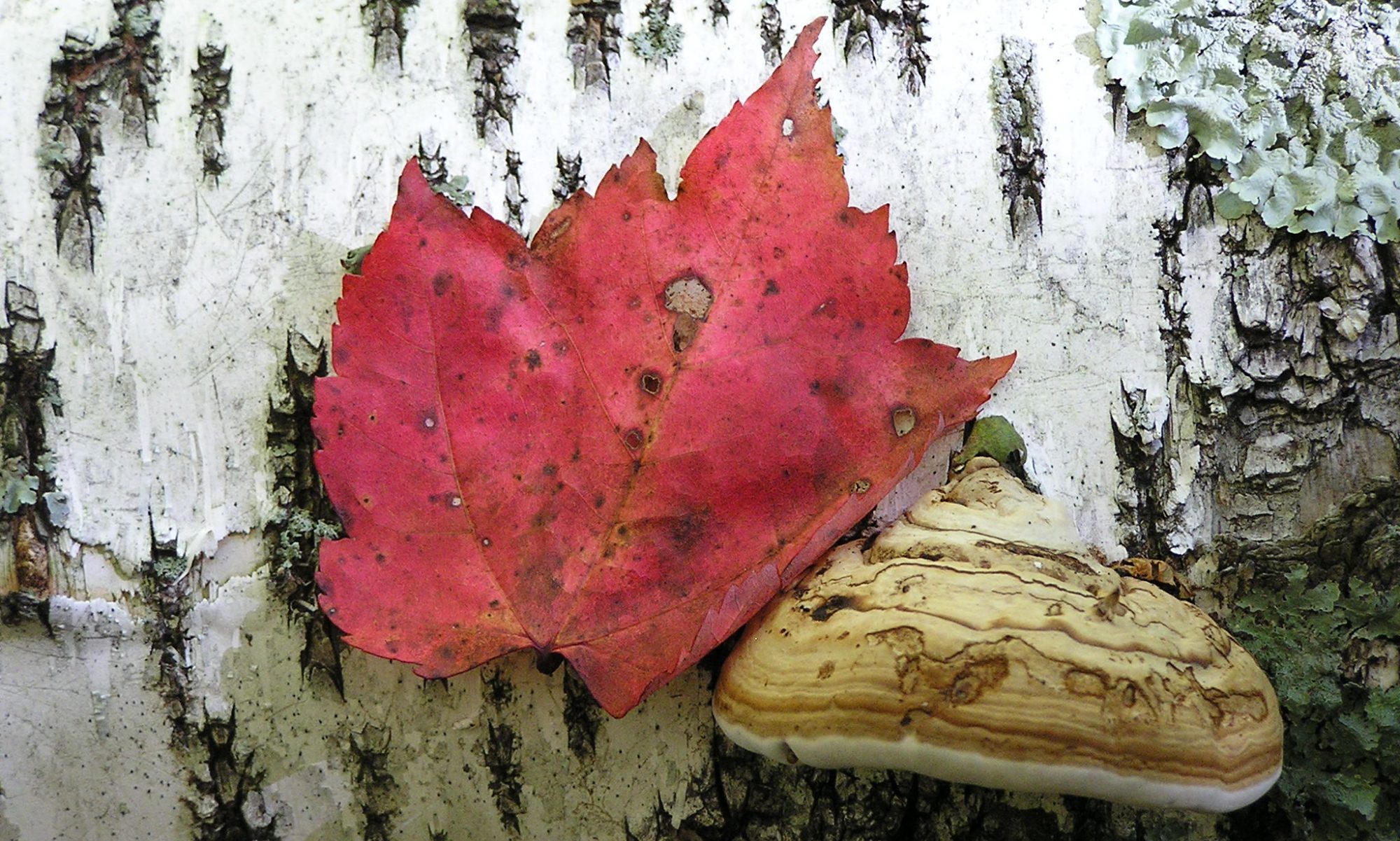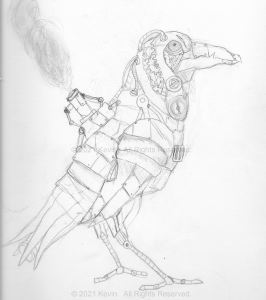 Last weekend I was with Indiana Jones, Klingons, and jedi. We and other sci-fi/fantasy fans were at Marscon, a Twin Cities sci-fi/fantasy convention determined to break up winter blahs, even on Hoth. As a first-year attendee, I thought I’d share my rookie experience.
Last weekend I was with Indiana Jones, Klingons, and jedi. We and other sci-fi/fantasy fans were at Marscon, a Twin Cities sci-fi/fantasy convention determined to break up winter blahs, even on Hoth. As a first-year attendee, I thought I’d share my rookie experience.
 With limited time, my main focus was attending 1-2 panel talks each day (a fraction of the 60+ that occur over three days). Highest on my radar was the Artificial Intelligence (AI) panel. AI discussions can quickly digress, so this open panel was chaotic. One notable example came from MaryJanice Davidson, who shared that her novels had been swiped to train Meta AI (and others). To learn more about AI’s torturous promise and risks, you might read a comprehensive New Yorker article published this week (link here).
With limited time, my main focus was attending 1-2 panel talks each day (a fraction of the 60+ that occur over three days). Highest on my radar was the Artificial Intelligence (AI) panel. AI discussions can quickly digress, so this open panel was chaotic. One notable example came from MaryJanice Davidson, who shared that her novels had been swiped to train Meta AI (and others). To learn more about AI’s torturous promise and risks, you might read a comprehensive New Yorker article published this week (link here).
 My favorite panel was moderated by David Lenander, which delved into dozens of childrens’ fantasy and sci-fi stories and authors (Philip Pullman vs. C.S. Lewis was a lively discourse). Afterward, I added these four kidlit books to my to-read list:
My favorite panel was moderated by David Lenander, which delved into dozens of childrens’ fantasy and sci-fi stories and authors (Philip Pullman vs. C.S. Lewis was a lively discourse). Afterward, I added these four kidlit books to my to-read list:

A reoccurring panel gave its annual report about a hypothetical, uncrewed probe speeding toward the Proxima Centauri star system (reviewing the tech involved). Here, I learned that my understanding of quantum entanglement (“spooky physics”) was cursory at best, misinformed at worst.
Lastly, the popular filmmaking panel had a packed room. The panelists’ passion and collaboration message was infectious. But I suspect none of the engaged audience will quit their day job soon after hearing how Hollywood accounting hides streaming income. So many panels, so little time. I wished I had clones, drones, or a time-turner to attend everything I wanted to!
 For fun, I watched several performances, but regret I didn’t have time for any of the celebrated comedic/filk concerts. My personal favorite was the taiko drumming concert, which included horns and flutes with its choreographed thunder. The improv comedy act was applauded for skillfully handling the audience’s prompts (sometimes risque). For a touch of danger, I watched a portion of the Korean swords demonstration (where the sounds of slicing air were a constant reminder that swordplay is serious business). In the gaming area, I enjoyed my chats with players and staff from Dreamers Vault Games (where they demonstrated newly released card and board games). Quieter attractions I strolled through included the art show and intriguing “Q Branch” Prop-A-Torium (displaying private collections of TV/movie props and fan art, pics below).
For fun, I watched several performances, but regret I didn’t have time for any of the celebrated comedic/filk concerts. My personal favorite was the taiko drumming concert, which included horns and flutes with its choreographed thunder. The improv comedy act was applauded for skillfully handling the audience’s prompts (sometimes risque). For a touch of danger, I watched a portion of the Korean swords demonstration (where the sounds of slicing air were a constant reminder that swordplay is serious business). In the gaming area, I enjoyed my chats with players and staff from Dreamers Vault Games (where they demonstrated newly released card and board games). Quieter attractions I strolled through included the art show and intriguing “Q Branch” Prop-A-Torium (displaying private collections of TV/movie props and fan art, pics below).
For any convention, the #1 draw of course is meeting people with the same interests. Many sci-fi/fantasy guests are novice, emerging, or established artists/writers, and Marscon was no different. In addition to me chatting with other writers, who doesn’t appreciate fandom’s impressive cosplayers? I especially admired the props and costumes of a plague doctor, and the squad of Nomad Ghostbusters of Minnesota safeguarding the hotel before this month’s release of Ghostbusters: Frozen Empire.

 My lone disappointment was the Red Cross blood bus was sabotaged by gremlins. Oh well, I rescheduled my donation to next week. This blood drive was organized by the local Star Trek fan club chapter, USS Nokomis. I plan to bleed for them again at July’s Convergence convention blood drive. Interesting blood drive trivia: “The Minnesota and Dakotas Region is ‘particularly generous’ and contributes 40 percent of the nation’s blood supply.” That equates to 2% of Americans donating 40% of the nation’s blood. Wow, “Minnesota Nice” is real! Just don’t tell the vampires.
My lone disappointment was the Red Cross blood bus was sabotaged by gremlins. Oh well, I rescheduled my donation to next week. This blood drive was organized by the local Star Trek fan club chapter, USS Nokomis. I plan to bleed for them again at July’s Convergence convention blood drive. Interesting blood drive trivia: “The Minnesota and Dakotas Region is ‘particularly generous’ and contributes 40 percent of the nation’s blood supply.” That equates to 2% of Americans donating 40% of the nation’s blood. Wow, “Minnesota Nice” is real! Just don’t tell the vampires.
In closing, thanks to Marscon’s Shhh…That’s Classified volunteers, panelists, and performers! Well done. I’ve pre-registered for 2025’s Gone Rogue convention, and look forward to another fun, informative weekend (and making time for filk concerts)! Until then, as Stan Lee would say, “Nuff said.”


























































































































































































































































